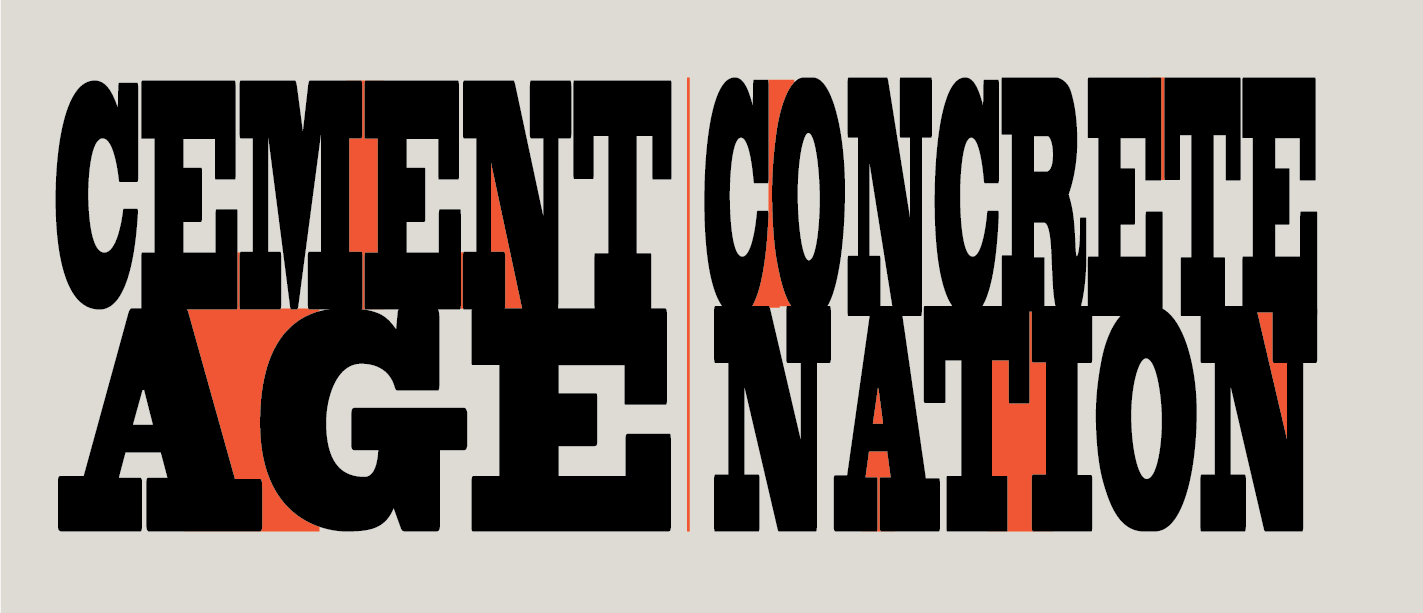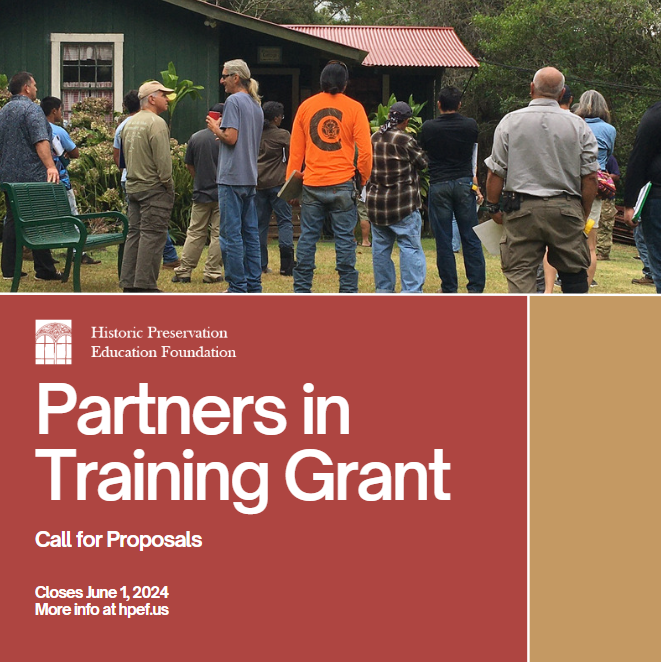Since its founding in 1986, the Historic Preservation Education Foundation has been a close ally and partner with the National Park Service. Our formative programming for multiple conferences has been planned in tandem with colleagues at the federal government, including representatives of the National Park Service, the General Services Administration, and other agencies. Our ongoing commitment to supporting and engaging with the National Park Service continues with our Partners in Documentation grant program, which supports the documentation of underrecognized sites and histories in the Historic American Buildings Survey. This week, we are looking forward to the Preserving the Recent Past 4 conference, and for the first time in thirty years, our colleagues in the federal government won’t be present in-person alongside us. The Trump administration’s dramatic and sudden firings and funding cuts have had a devastating effect on our colleagues and our work, and represent a threat to all communities that value heritage, placekeeping, and diverse storytelling.
The Historic Preservation Education Foundation condemns the Trump administration’s assault on the National Park Service and the General Services Administration. Through the firing of employees; to the deletion of records from government websites and electronic publications; to the freezing of millions of federal grants that support preservation of the built environment, recreation, and natural resources; to the dismissal of entire regional offices of the General Services Administration, severely affecting its historic preservation and fine arts units; to the removal of words and content (including the egregious removal of Transgender and Queer on the National Park Service’s website for the Stonewall National Monument) from the NPS online content, the Trump administration is engaging in an overwhelming erasure and censoring of history. The long-term impacts are dire and the damage to the nation's heritage resources will be irreparable and/or take tremendous time and effort to recover from.
HPEF stands committed to preserve our built and intangible heritage, to recognize and celebrate the diversity that makes America great, and to advocate for our colleagues and communities, both those who have a voice and those whose voices have been silenced for now.

















